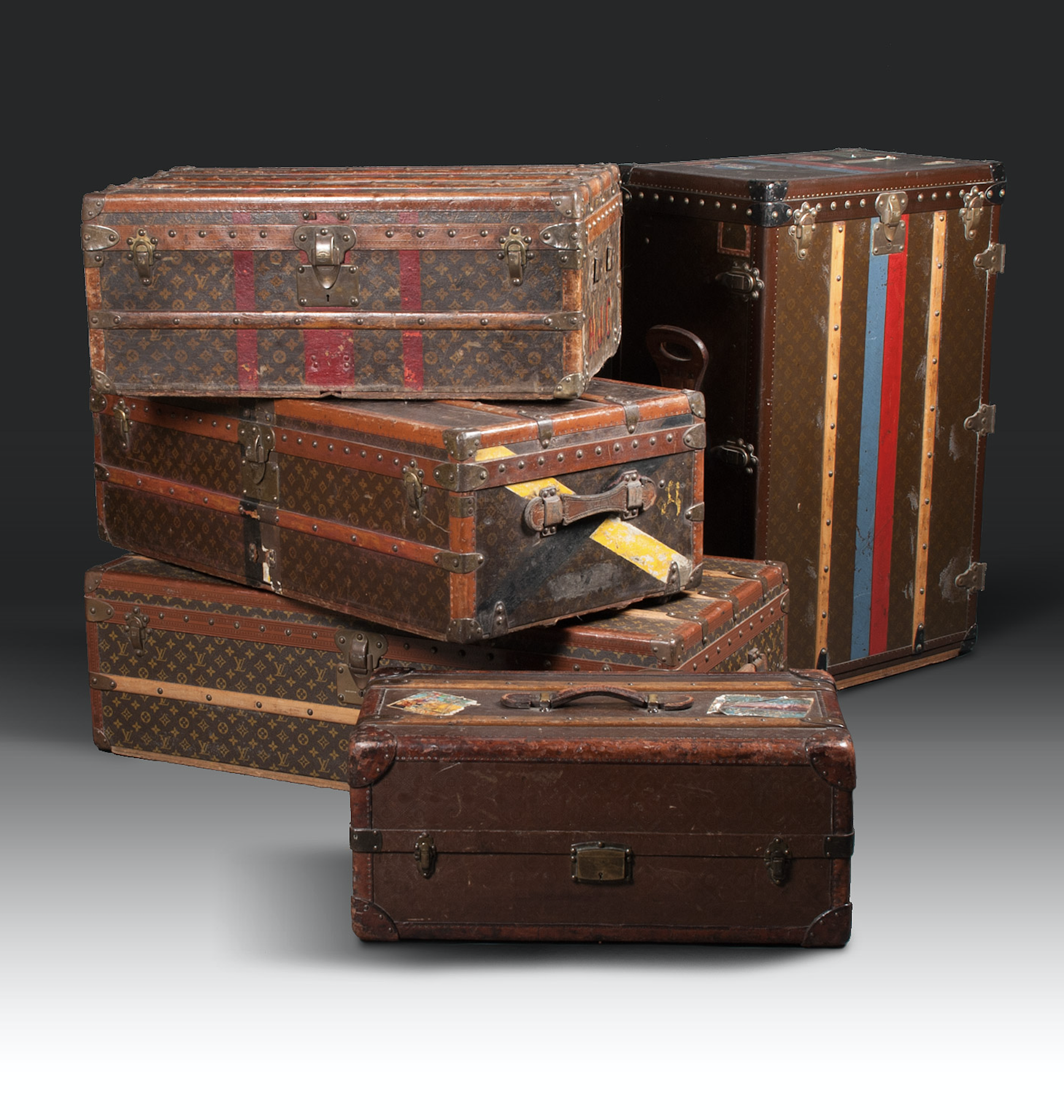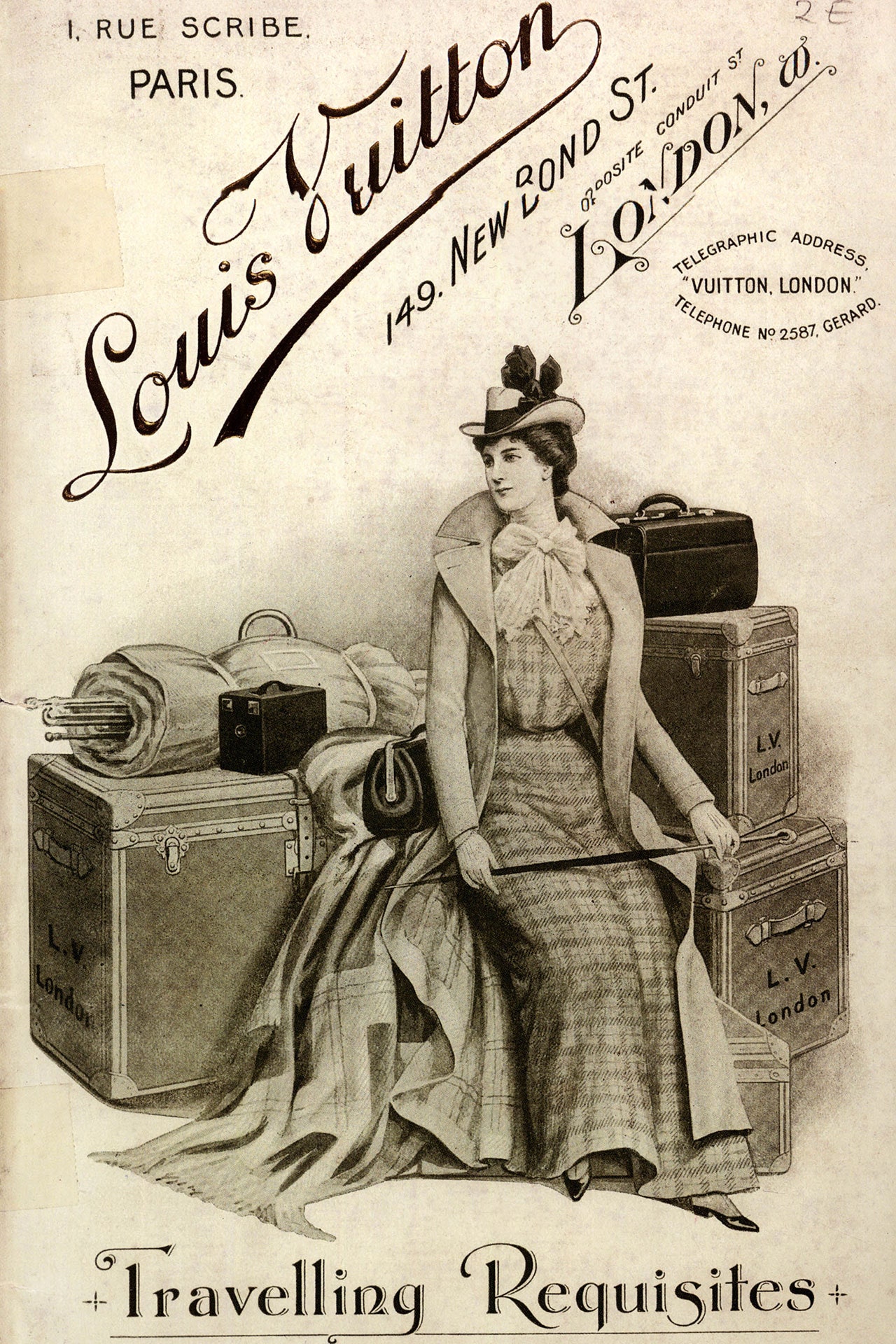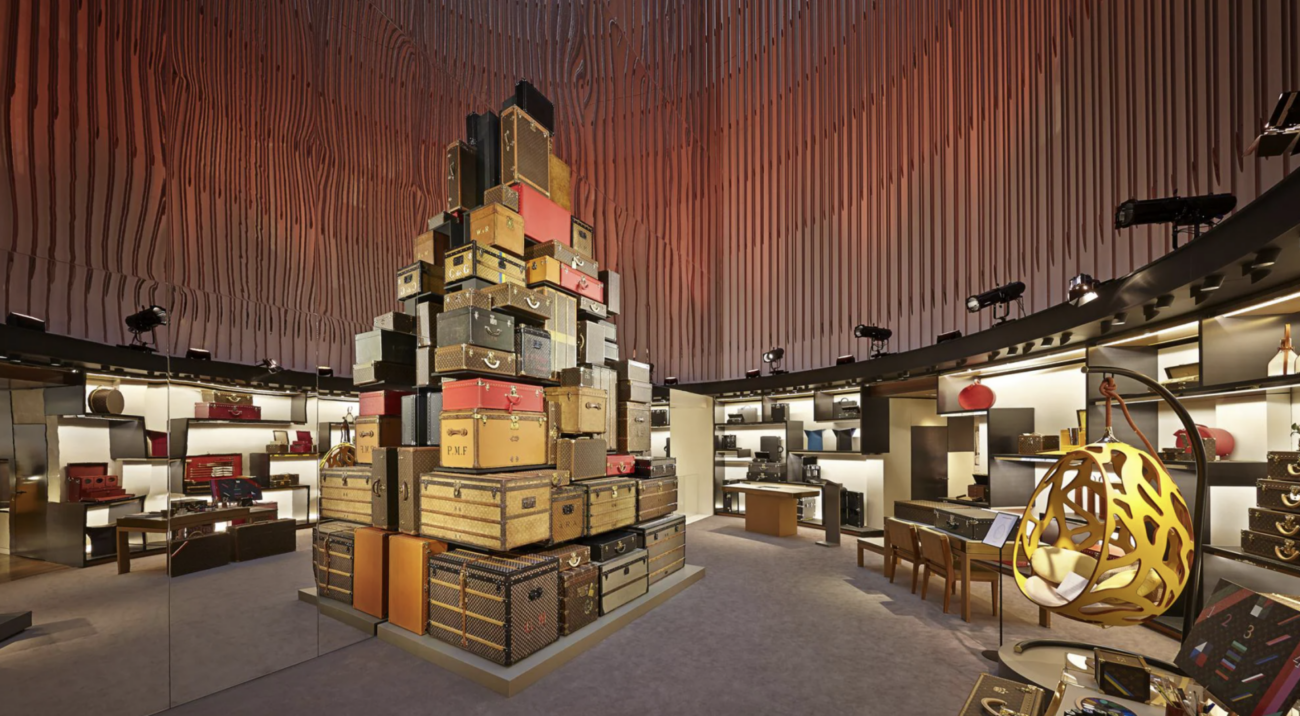Ancestral know-how
Practicality, convenience and know-how, trunks have existed for centuries. An evolution through the decades that never stops.
Dating back to the Middle Ages, the trunk gave rise to trunks, which appeared a few years later. Before their development in the 19th century, trunks were used extensively by explorers. Bulging in shape, with a handle on each side, trunks were generally made of exotic woods, and were manufactured directly in the ports, enabling many bulky objects to be brought in while being protected.


French success:
After his apprenticeship as a layetier-emballeur-malletier with Monsieur Maréchal, Louis-Vuitton became the exclusive packer for Empress Eugénie and founded Maison Louis-Vuitton Malletier in 1854. In his studio, he designed a light gray canvas, called Gris Trianon, a highly original color, as most trunks were quite dark. This fabric provided a certain resistance to leather, which cracked more easily.
In 1858, Georges Vuitton, son of Louis Vuitton, revolutionized the world of luggage with the invention of the flat trunk. A multi-purpose design that’s as aesthetic as it is functional. Particularly useful for traveling, the flat trunk comes in a variety of forms, such as the sleeper trunk, the chest of drawers trunk and the laundry trunk. He also created the zinc trunk, whose function was to insulate belongings from humidity and protect them from raindrops. The perfect way to stay stylish in any situation!


